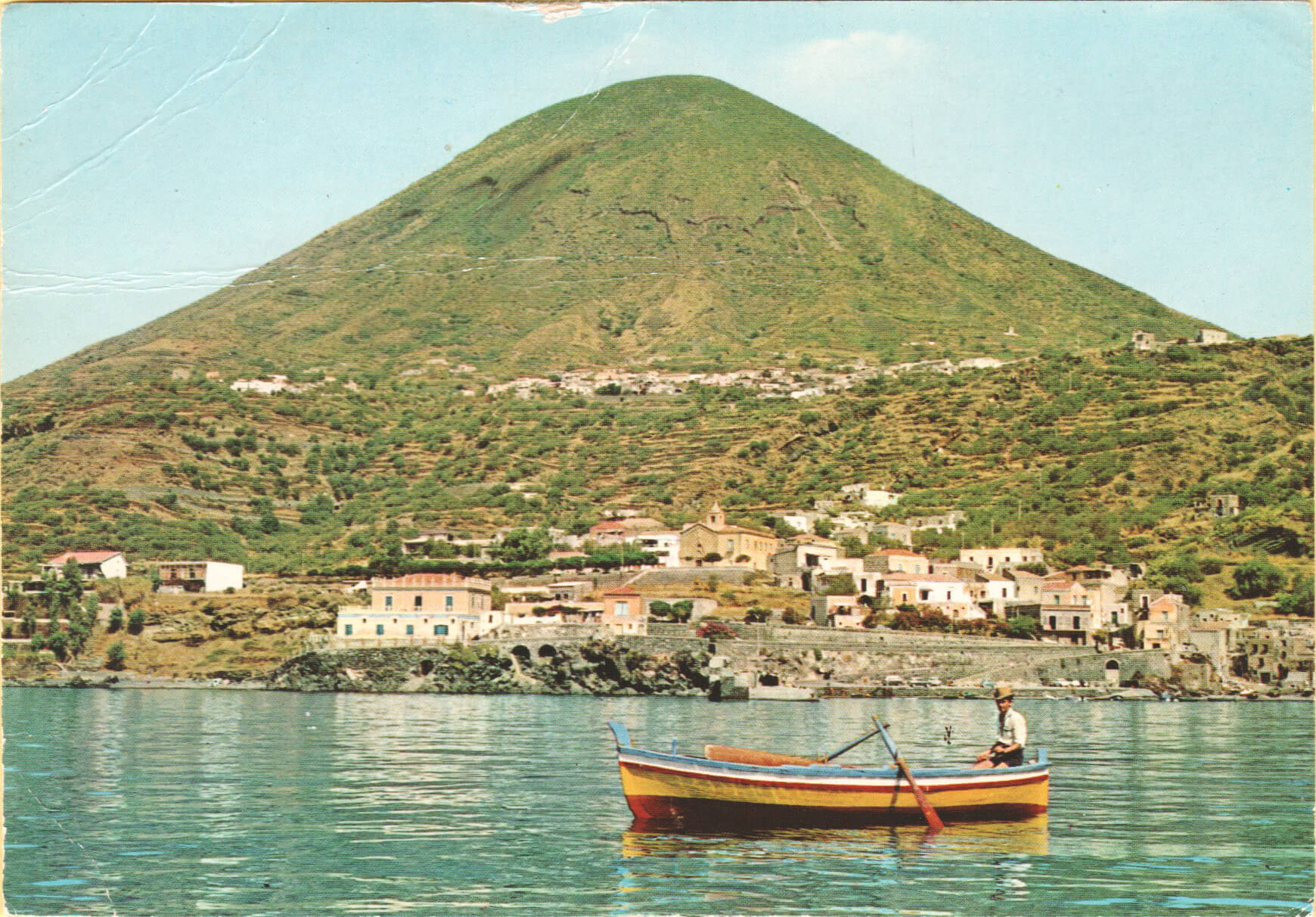
Salina was the home of the Santamaria family for generations. It is part of an archipelago called the Aeolian Islands (Isole Eolie in Italian), 40 - 50km north of Sicily in the Mediterranean Sea.
It is likely that our ancestors first arrived in the Aeolian islands following the expulsion of jews from Spain in 1492 (known as “Sephardic Jews”). Santamaria was a commonly adopted name for those who converted to christianity under duress in the 14th and 15th centuries.

Our Santamaria branch resided in the small fishing village of Rinella, on the southern side of the island.
At 28 years old, Bartolo was a sailor likely working in the thriving shipping industry transporting goods from the port of Naples to Calabria and Sicily. Aeolians were famed sailors and had a near-monopoly on these shipping routes.

Emigration En Mass
In the mid 19th century, the main industries of the Aeolian islands were shipping, mining, fishing and agriculture (common crops were olives, capers and grapes).
In the 1880s, there were a confluence of events that devastated the local economy, pushing a huge number of islanders to leave their homeland to find fortune in Australia, the USA, Venezuela and Argentina.
- A terrible parasite phylloxera, spread across the archipelago destroying the common crop of malvasia vines (a grape variety).
- The Eolian Mining Company went bust after a drop in demand for pumice.
- The completion of the railway from Naples to Calabria took away the Aeolian transport monopoly, with goods being shipped more quickly and cheaply via train rather than sea.
It is likely that Bartolo’s income was significantly impacted by this competition from the railway - but he was hardly alone.
These are the estimated population figures for each island before and after the mass migration. The following figures are staggering, and really indicate how desperate the times must have become.
- Salina: 9,000 to 4,000 (-56%)
- Lipari: 12,000 to 8,500 (-30%)
- Filicudi: 2,500 to 200 (-92%)
- Alicudo: 1,200 to 500 (-58%)
- Panarea: 1,100 to 300 (-72%)
- Stromboli: 5,000 to 400 (-92%)
Sources